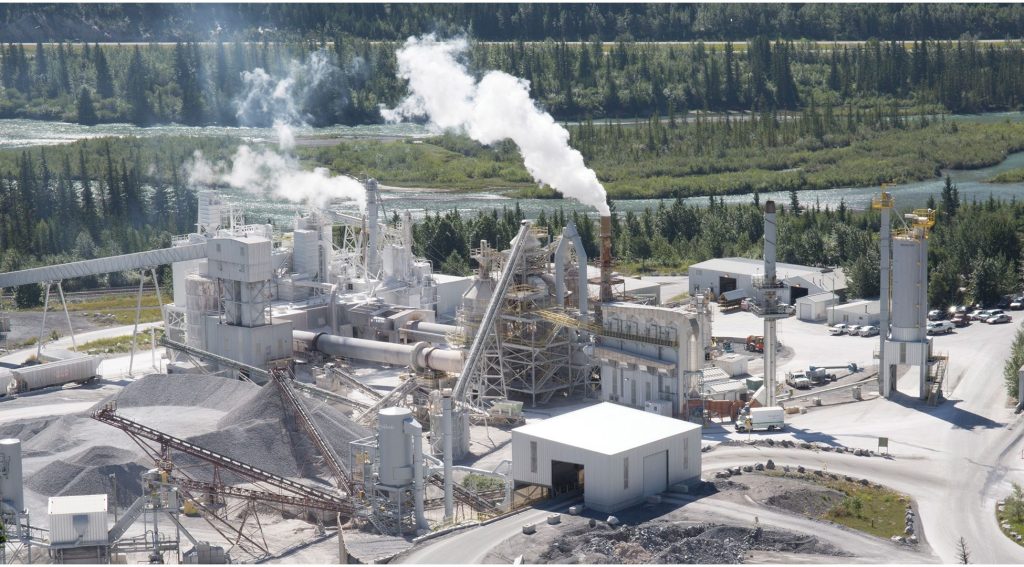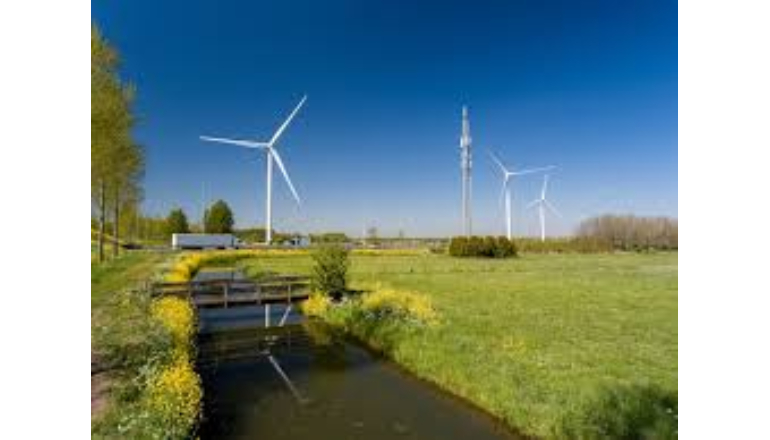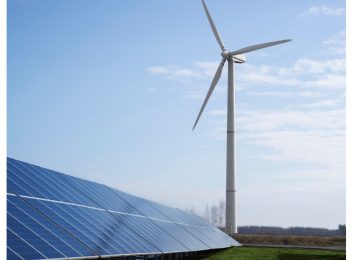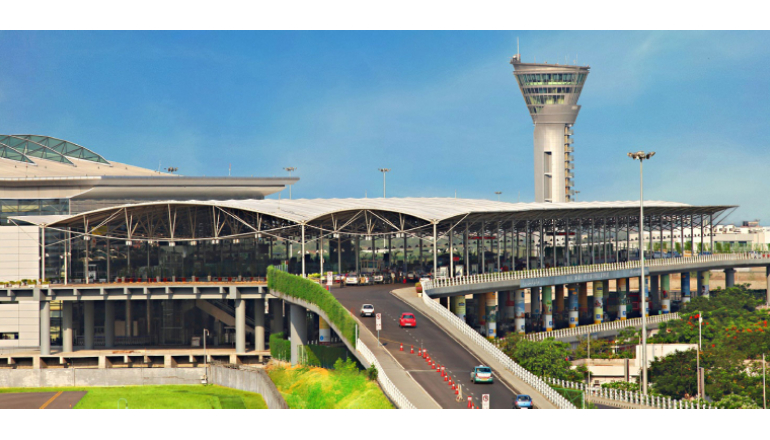The world is at a critical climate inflection point.
A new analysis from S&P Global Ratings and S&P Global Commodity Insights provides a stark and urgent outlook. The analysis reveals a stark and urgent outlook for global warming.
Marion Amiot, Head of Climate Economics at S&P Global Ratings, and Terence Thompson, Chief Science Officer at S&P Global Commodity Insights, co-authored the report. They used a probabilistic model to estimate a 50% likelihood that the average global temperature will exceed 2.3°C above pre-industrial levels as soon as 2040. This means preparing for this level of warming is no longer a worst-case scenario but a necessary baseline for all sectors, from corporations to households. The report warns that without adequate preparation, the economic costs from global warming could accumulate to between 9% and 33% of global GDP by 2040.
A sobering forecast:
The analysis suggests there is a 90% likelihood that the world will miss the 1.5°C Paris Agreement target by 2040. In a more extreme case (90th percentile), the average temperature could be 2.8°C higher by that time.
The Unmet Adaptation Gap: Despite the rising threat, global climate adaptation and resilience needs remain largely unmet. The United Nations Environment Programme estimates a $210 billion annual gap in adaptation investments for developing economies alone by 2030.
Economic Losses Are Rising: Economic losses from physical climate risks are already increasing, reaching $328 billion in 2024, or 0.3% of global GDP, according to Swiss Re.
Barriers to Investment: The report attributes the lack of investment to several factors, including:
Uncertainty: A lack of clarity on climate outcomes makes it difficult to assess the benefits of investments.
Public vs. Private Benefit: Many large-scale investments, like flood defenses, offer greater societal benefits than direct financial returns for the private sector.
Long Payoff Periods: The long-term nature of these investments, with benefits often materializing over decades, can make them less attractive than short-term opportunities.
From scenario to probability:
The S&P report argues that traditional scenario analysis, which often lacks a probability component, is insufficient for effective adaptation planning.
The new probabilistic model quantifies the likelihood of various climate outcomes, providing a clearer view of risks. This allows for a more robust assessment of the benefits of adaptation measures in terms of avoided losses.
The analysis found that investing in climate adaptation can yield a “triple dividend,” with economic, social, and environmental benefits such as lower insurance costs, increased agricultural output, and reduced mortality rates.
Despite the clear benefits, the private sector provided less than 3% of adaptation financing between 2019 and 2022. The report emphasizes that a lack of standardized data and a focus on short-term returns are significant hurdles.
The findings highlight the critical need for all sectors to take proactive steps to prepare for a much warmer world, recognizing that the cost of inaction far outweighs the cost of early investment.













